Iran (IMNA) - The Forests, Rangelands, and Watershed Management Organization has unveiled comprehensive plans aimed at revitalizing the Hamoun wetland. With a focus on strengthening environmental diplomacy and leveraging the capabilities of international organizations, the project aims to restore the ecological balance of this vital habitat.
Spanning an impressive 570,000 hectares, the Hamoun International Wetland is renowned for its significance as a refuge for both aquatic and terrestrial migratory birds. Over the years, it has served as a sanctuary for numerous rare and endangered species, making it an invaluable ecological treasure.
Situated on the Iran-Afghan border, the Hamouns comprise three interconnected lakes: Hamoun-e Helmand, located entirely within Iran's borders; Hamoun-e Sabari, straddling the border; and Hamoun-e Puzak, predominantly situated in Afghanistan. These lakes are sustained by the waters of the Helmand River, originating from the majestic Hindu Kush Mountains in Afghanistan.
With these ambitious plans, the Forests, Rangelands, and Watershed Management Organization seeks to breathe new life into the Hamoun wetland, ensuring its preservation for future generations. By emphasizing environmental diplomacy and harnessing the expertise of international organizations, this endeavor aims to safeguard the delicate balance of this unique ecosystem.
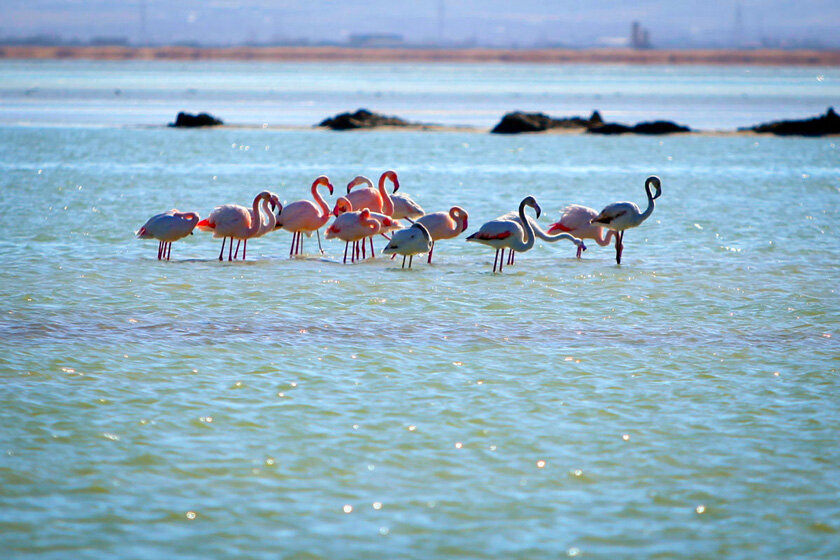
Drought and Mismanagement Devastate Once Fertile Wetlands, Prompting Urgent Conservation Plan
In the last two decades, the once thriving wetlands in the region have undergone a dramatic transformation as they have progressively dried up. Contributing to this dire situation was the Taliban government's decision to close the sluices to the Kajaki Dam on the Helmand until 2002, exacerbating the impact of the region's worst drought in decades, which was partially attributed to climate change and rising temperatures.
These wetlands were once teeming with a rich variety of plant and animal life, serving as the economic backbone of the area. However, they have since become desiccated due to a combination of factors, including the effects of climate change, the construction of dams, and inadequate water management practices. Consequently, this ecological crisis has triggered mass migrations among the population and has resulted in alarmingly high unemployment rates.
Recognizing the urgent need for action, authorities have devised a new plan aimed at preserving and reviving the dwindling wetlands. This comprehensive approach encompasses a range of short-term, mid-term, and long-term measures. To ensure the effectiveness of this plan, experts will carefully evaluate previous conservation efforts, using their findings to guide the development of innovative strategies, as reported by ISNA.
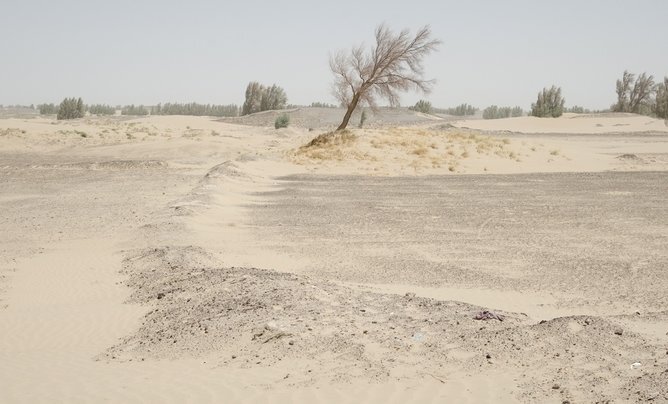
Comprehensive Management Plan Implemented to Mitigate Challenges in Sistan–Baluchistan Region
In a bid to address the challenges faced in the Sistan–Baluchistan region, a comprehensive management plan is set to be implemented, covering an extensive area of 2 million and 800 thousand hectares in the western region of the Sistan–Baluchistan plain. Drawing upon previous measures and experiences, this plan aims to tackle various issues through collaborative methods and improving the livelihood patterns of local communities.
One of the key focuses of the plan is the reduction of vulnerability and enhancement of adaptation to sand and dust masses. To achieve this, low water-intensive technologies will be utilized, ensuring projects are less susceptible to water scarcity and increasing overall resilience. It is especially crucial given that the Hirmand watershed, which supplies moisture to both agricultural lands and natural areas, has been severed, exacerbating the lack of moisture supply.
The arid nature of the environment remains the primary driver of dust and sand storms, further highlighting the urgency and significance of this comprehensive management plan.
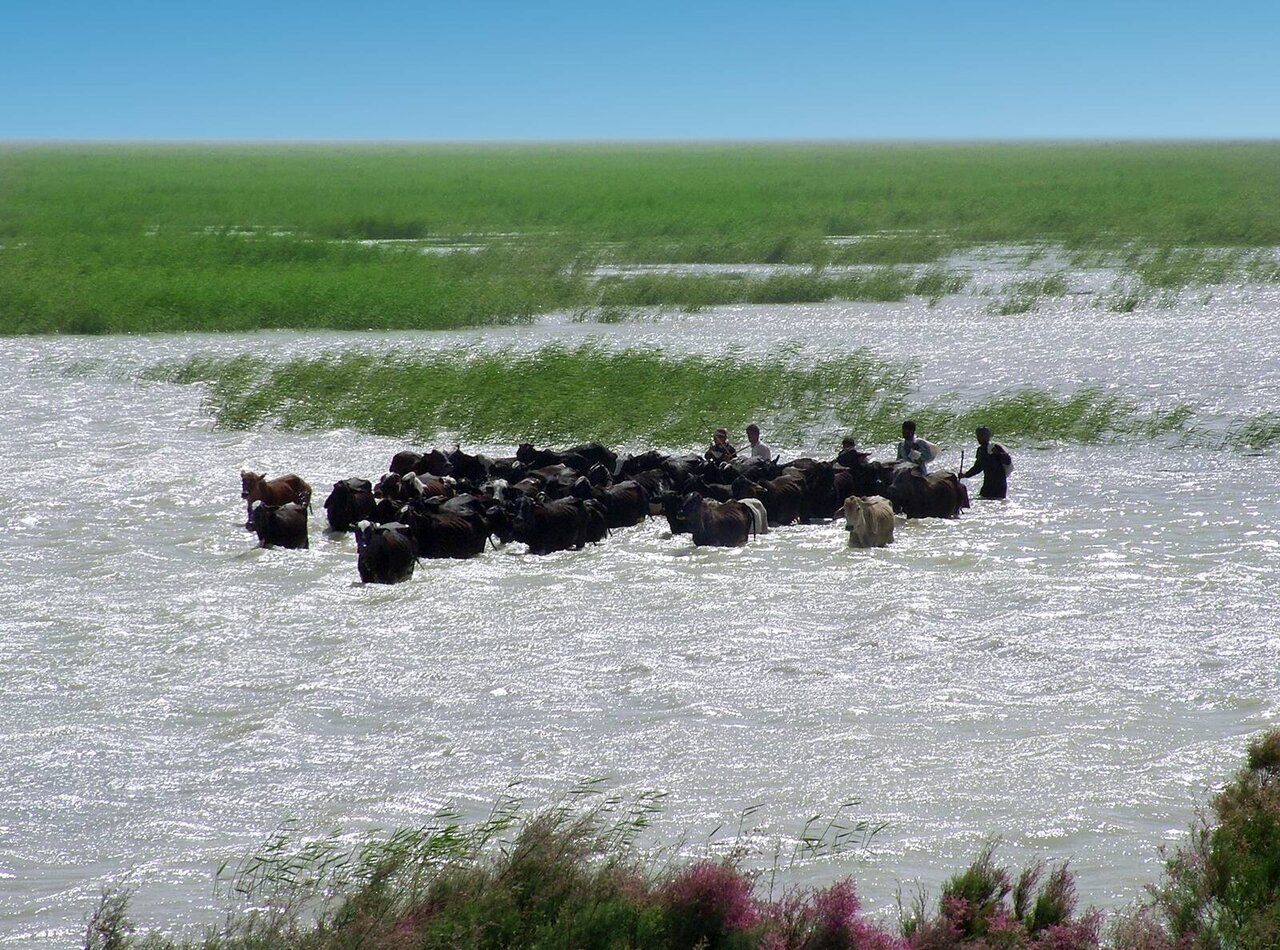
Hydrological Changes in Afghan Watersheds Demand New Field Management Methods
In recent years, the hydrological changes occurring in the watersheds that flow into Hamoun wetland have brought about a complete transformation in field management practices in Afghanistan. As a result, innovative and alternative methods are now required to effectively manage agricultural fields.
Over the past five years, the prevailing conditions have undergone a drastic shift. Consequently, traditional approaches such as widespread plantation of seedlings are being replaced by novel techniques including the utilization of non-living windbreakers, as well as stone and gravel covers.
Addressing this issue necessitates a comprehensive approach that actively involves the local community and leverages the potential of villagers, village councils, and governorate generals. By adopting a bottom-up participatory model, the plan aims to capitalize on the collective knowledge and expertise of those living in the affected areas.
The implementation of these new field management methods will primarily focus on critical regions, with particular emphasis on Sistan-Baluchestan, one of the key plains deeply affected by the hydrological changes.
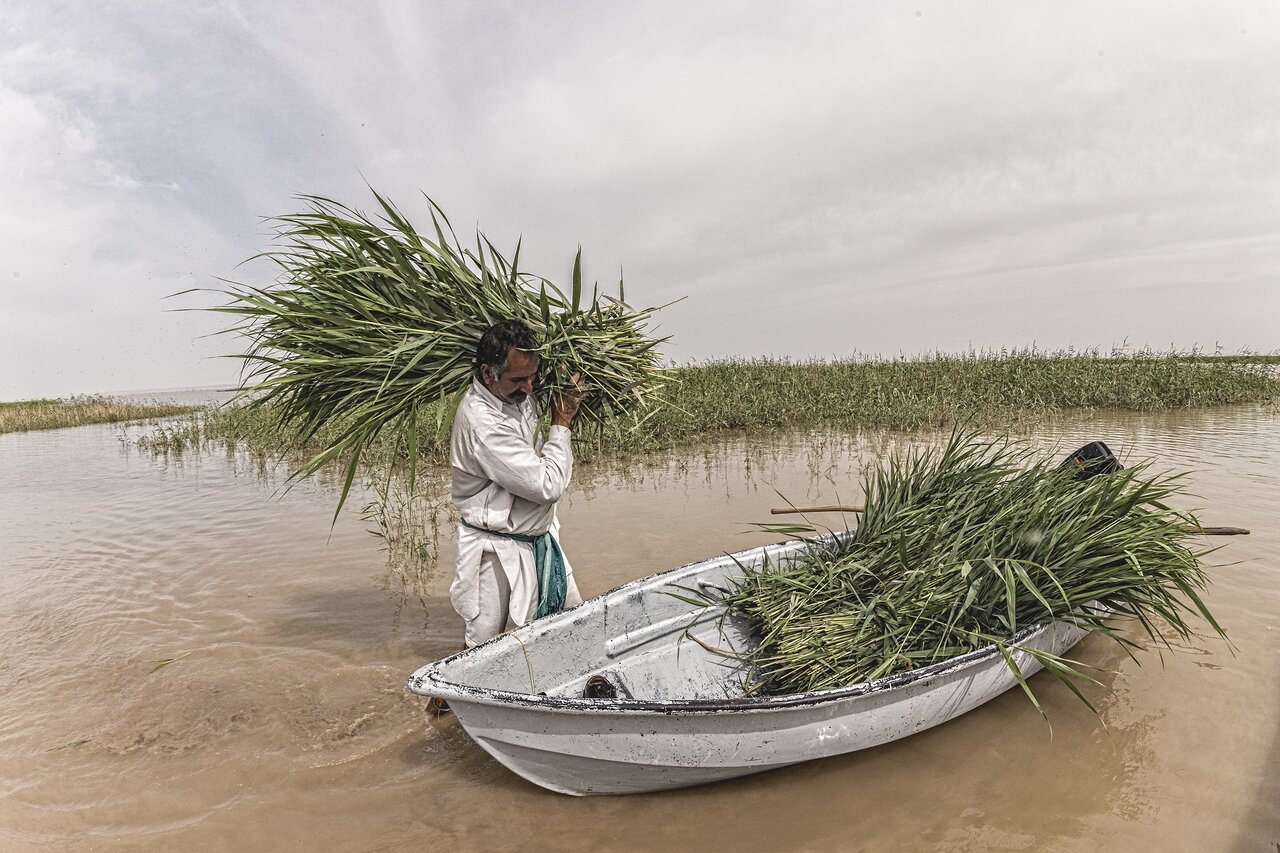
Drying of Asia's Vital Freshwater Lake, Hamoun, Triggers Devastating Sand and Dust Storms"
In a concerning development, the drying up of the Hamoun, one of Asia's crucial freshwater lakes, has been identified as the root cause behind the widespread destruction of land and the alarming rise of sand and dust storms in the region. The resulting wind erosion has left vast stretches of soil exposed and vulnerable.
Efforts to restore the devastated areas through vegetation have proven challenging due to the scarcity of water resources. Historically, floods occurring every few years provided the necessary water supply for these restoration measures. However, the unfortunate reality is that consecutive years have passed without experiencing these vital floods.
Recognizing the severity of the situation, the National Headquarters for Dealing with Dust Phenomenon has committed itself to utilizing both regional and international resources. One key approach involves leveraging diplomatic channels to engage neighboring countries in collaborative efforts to preserve and protect the shared ecosystems.
The destructive impact of the Hamoun's desiccation extends beyond national borders, affecting both Iran and Afghanistan. Ensuring the stability of the entire region necessitates robust cooperation among all stakeholders, emphasizing the urgent need for effective joint action.

Iranian Lawmaker Urges Afghanistan to Honor Water-Sharing Treaty, Ensure Adequate Supply from Hirmand River
In a recent development, an Iranian lawmaker has emphasized the importance of Afghanistan's commitment to the 1973 water-sharing treaty between Iran and Afghanistan. Mohammad Sargazi, a parliament member, highlighted the significance of properly supplying Iran with its rightful share of water from the Hirmand River. He emphasized that the lives of approximately one million people in the northern part of Sistan-Baluchestan province rely on the water resources of the Hirmand River.
During an interview with Iranian media, Sargazi expressed the parliament's call for the foreign ministry to engage in discussions with an Afghan delegation that recently visited Tehran. The aim of these discussions is to address and resolve any issues related to the fulfillment of the water rights agreed upon in the treaty.
The water-sharing treaty holds vital importance for both nations, as it ensures a fair distribution of water resources from the Hirmand River. It is imperative for Afghanistan's interim government to honor this agreement, taking into consideration the significant impact that the uninterrupted supply of water has on the livelihoods and well-being of the people in the Sistan-Baluchestan region.
As the situation unfolds, it remains crucial for both Iran and Afghanistan to engage in constructive dialogue and find mutually beneficial solutions to maintain the stability and sustainability of water resources in the region.
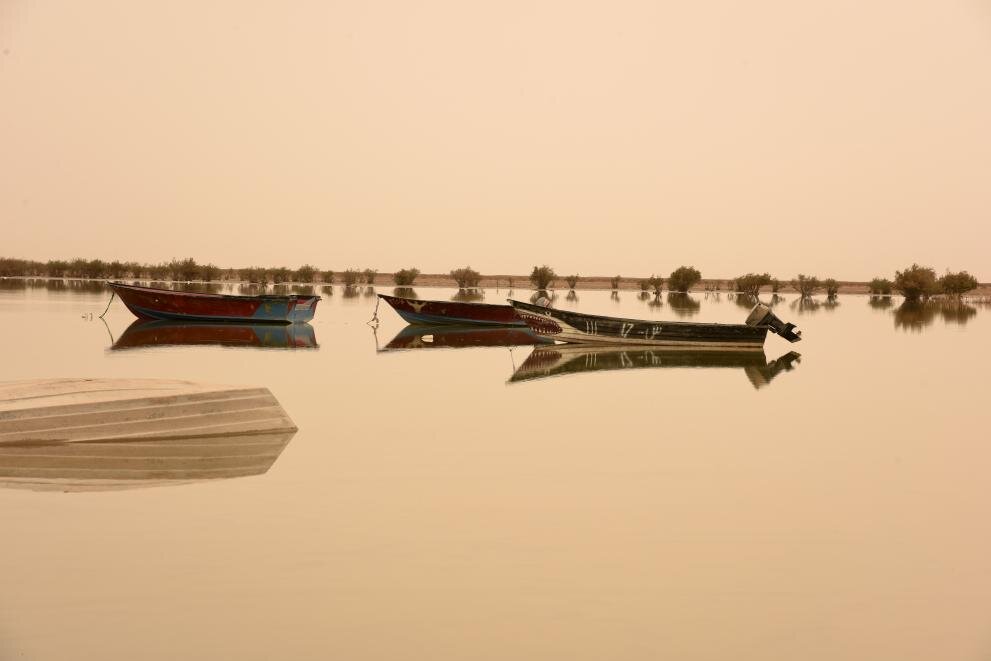
Sargazi emphasized that it is essential for both Afghanistan and Iran to uphold their promises and ensure a fair and balanced interaction. While Afghanistan has been providing abundant services to its brothers in Afghanistan and the residents in Iran, it is crucial for them to reciprocate and fulfill their own commitments. Sargazi highlighted that this should not be a one-sided interaction where only Afghanistan benefits from securing its interests in relation to Iran. It is equally important to secure the interests of the people of Iran.
In light of recent events, tensions between Afghanistan and Iran have been escalating due to the issue of water allocation from the Hirmand river. Despite the Taliban's assertions of adhering to the Hirmand treaty, Iran has not received its rightful share of water from the river since the Taliban took over in 2021. This imbalance has further strained the relationship between the two countries in recent months, necessitating a resolution to address this pressing concern.
Collaborative Project to Rejuvenating Hamoun wetland
In 2020, the Department of Energy (DOE) and the United Nations Development Programme (UNDP) entered into a significant agreement known as a memorandum of understanding (MOU). This MOU was designed to facilitate a collaborative project aimed at rejuvenating the Hamoun wetland.
The project, titled "Improving the comprehensive management of natural resources for the rehabilitation of the wetland ecosystem and supporting alternative livelihoods in local communities in the Hamoun wetlands," had a multifaceted approach. It sought to explore the intricate relationship between the lives of people residing in the Hamoun wetlands and the impact of the wetland ecosystem on their lives. Simultaneously, it aimed to protect and conserve this vital wetland while also enhancing the living conditions of the communities surrounding it.
One of the project's key objectives was to alleviate the pressure on the resources of the Hamoun wetland, with a particular focus on conserving its water resources. It recognized the importance of minimizing the strain on these resources while simultaneously strengthening the cross-border ties between the Hamoun wetland and neighboring Afghanistan. This collaboration would enable the fair allocation of water rights for the wetland, ensuring its sustainable future.
Overall, the DOE and UNDP's joint project demonstrated a commitment to environmental preservation and sustainable development in the Hamoun wetlands. By addressing both ecological and socio-economic aspects, it aimed to create a harmonious balance between the well-being of the wetland ecosystem and the local communities
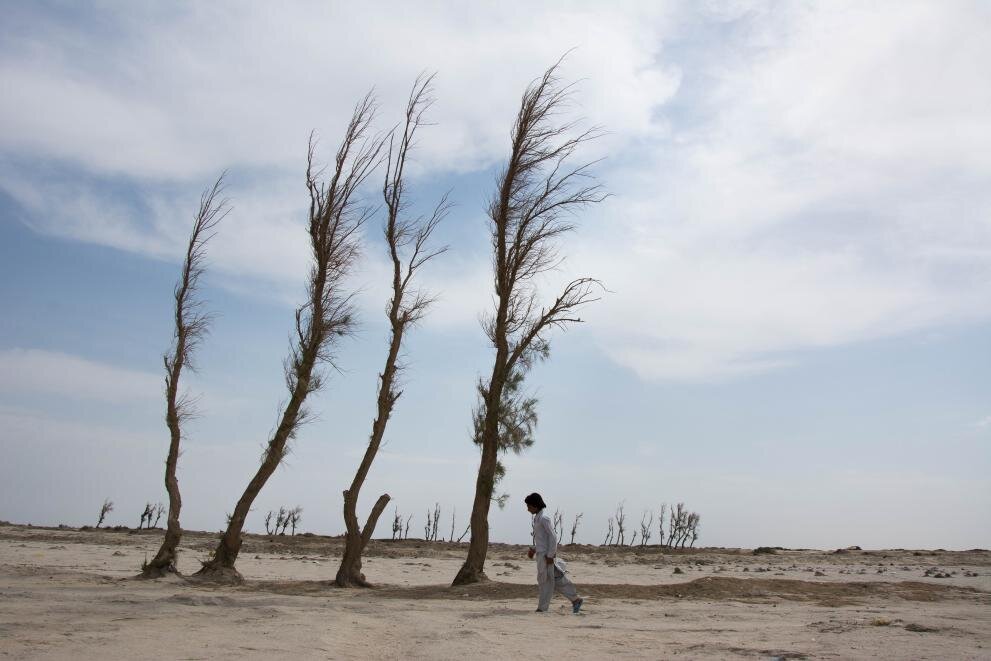


Your Comment